Teach
About
Privacy & Legal
We're on a mission to give every student the opportunity to learn computer science.
Code.org partners with researchers on a variety of studies. Want more? View Code.org's in-depth research and data.
Over 1 million teachers have taken steps to bring computer science to their schools.
Does your local school teach computer science? Encourage them to start today!
With over 200 partners, since 2013, the Hour of Code has reached 15% of students around the world.
Tracking the work of thousands of teachers and millions of students.
Code.org by the Numbers
| Code.org Goal | End of 2013 | End of 2014 | End of 2015 | End of 2016 | End of 2017 | End of 2018 | End of 2019 |
|---|---|---|---|---|---|---|---|
| Inspire students and increase diversity with the Hour of Code | 20 million served | 90M, 48% female |
195M, 49% female |
344M, 49% female |
520M, 49% female |
720M, 50% female |
910M, 49% female |
| Engage classrooms and students in our CS courses. (Total # of accounts on Code Studio) | 10,000 teachers, 500,000 students |
90,000 teachers, 4M students |
250,000 teachers, 8M students |
495,000 teachers, 16M students |
750,000 teachers, 25M students |
1M teachers, 36M students |
1.3M teachers, 46M students |
| Enable students to show “basic coding proficiency” with CS Fundamentals. | N/A | N/A | N/A | 887,840 total, 365,842 female |
2,061,449 total, 860,361 female |
3,296,655 total, 1,394,208 female |
4.4M total, 1.8M female |
| Code.org students take and pass the AP CS Principles exam | N/A | N/A | N/A | N/A | 11,975 total, 3,406 female, 2,268 URG* |
19,409 total, 5,838 female, 4,009 URG* |
27.7K total, 9K female, 5.9K URG* |
| Improve diversity in CS (survey of teachers on Code Studio) | N/A | 43% female, 37% URG* |
43% female, 37% URG* |
45% female, 48% URG*, 47% in high needs schools |
45% female, 48% URG*, 47% in high needs schools |
46% female, 48% URG*, 47% in high needs schools |
45% female, 50% URG*, 45% in high needs schools |
| Help school districts implement CS curricula | 10 district partners |
60 district partners |
100 district partners | 41 regional partners (120+ districts) |
56 regional partners (175+ districts) |
64 regional partners | 60 regional partners |
| Prepare new CS teachers across grades K-12 | N/A | 4,000 | 20,000 | 52,000 | 72,000 | 86,565 | 106,547 |
| Lead a coalition to set policies supporting CS. Policies changed in: |
5 states | 16 states | 17 states, including $9M in CS funding |
31 states, including $13M in CS funding |
40 states, including $29M in CS funding |
48 states, including $63M in CS funding |
50 states, including $150M in CS funding |
| Go global | 30 languages supported | 34 langs, 7 intl partners |
46 langs, 70 intl partners |
50 langs, 70 intl partners |
62 langs, 84 intl partners |
63 langs, 102 intl partners |
67 langs, 102 intl partners |
| Team size | 14 | 38 | 54 | 59 | 69 | 80 | 85 |
Follow us on Facebook or on Twitter and re-share your favorite stats. Click each photo to retweet.
Note: As of September 2020, this page contains outdated language or graphics referencing “underrepresented minorities.” To see our current language policy around race, ethnicity, and gender, see this support article.
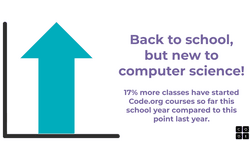
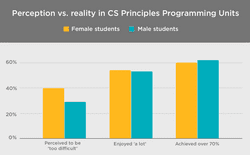
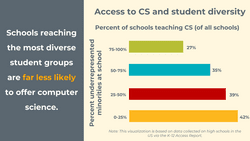
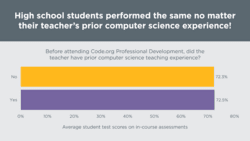
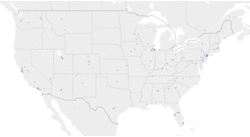

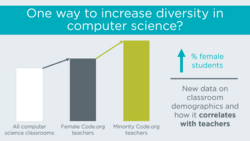
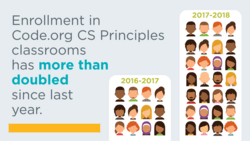
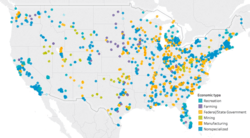
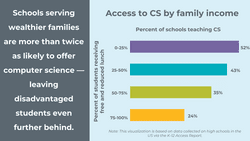
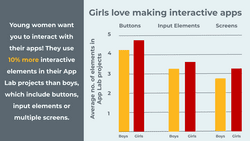
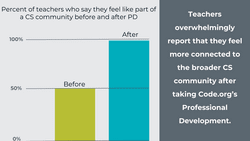
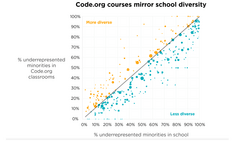
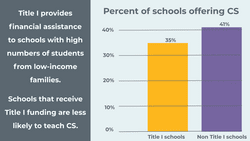
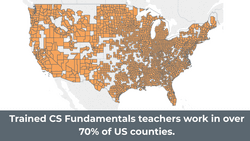
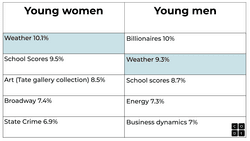
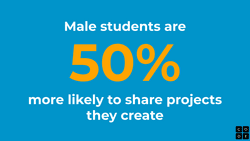
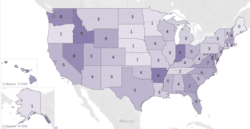
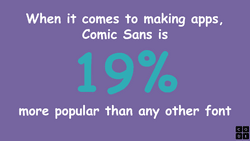
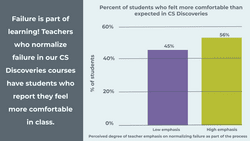
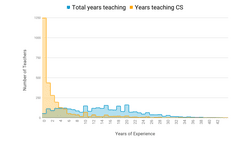
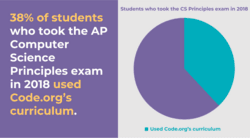
*Students who are Black/African American, Hispanic/Latino/Latina/Latinx, Native American/Alaskan, and Native Hawaiian/Pacific Islander